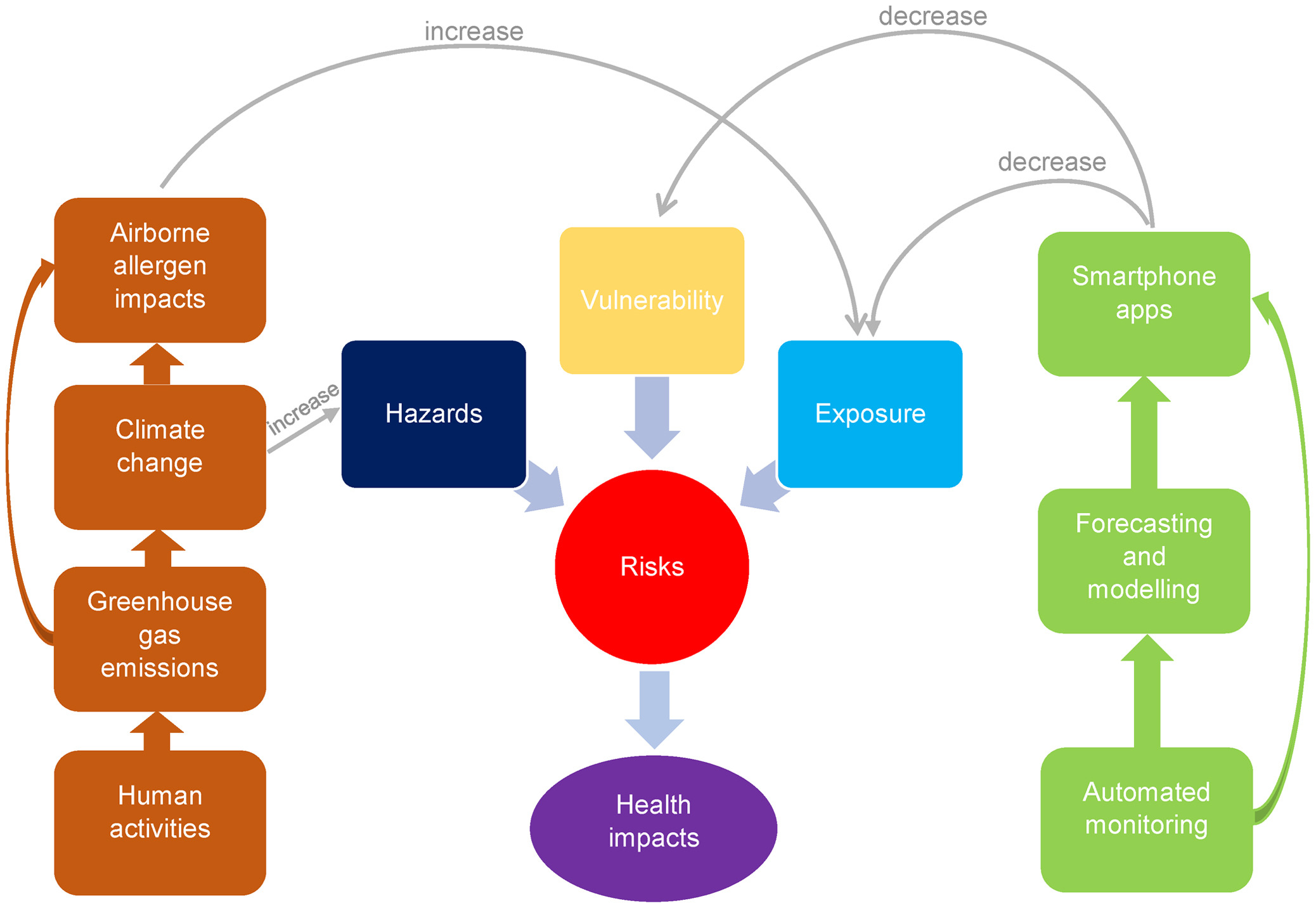Elsevier,
The Lancet Healthy Longevity, Volume 4, July 2023
This Article supports Sustainable Development Goal 3 by assessing the impact of physical activity and sleep on 10-year cognitive decline in older people. They showed that the cognitive benefits associated with increased activity were not enough to ameliorate decline associated with short sleep.
Elsevier,
Women's Studies International Forum, Volume 99, 1 July 2023
In this study, the authors use topic modeling and critical discourse analysis to answer this question: what are the most significant topics of discussion within the Colombian feminist movement on Twitter during the COVID-19 pandemic?
Elsevier, Annals of Hepatology, Volume 28, 1 July 2023
Introduction and Objectives: We initiated this multicenter study to integrate important risk factors to create a nomogram for hepatitis B virus (HBV)-related hepatocellular carcinoma (HCC) for clinician decision-making. Patients and Methods: Between April 2011 and March 2022, 2281 HCC patients with an HBV-related diagnosis were included. All patients were randomly divided into two groups in a ratio of 7:3 (training cohort, n = 1597; validation cohort, n = 684). The nomogram was built in the training cohort via Cox regression model and validated in the validation cohort.
Elsevier,
eBioMedicine, Volume 93, July 2023
This Review supports SDGs 3 and 13 by summarising the available literature on the impacts of climate change on airborne allergens and allergic respiratory diseases, with a focus on recent developments. The authors also focus on three translational mitigation approaches that may lead to improved health outcomes: automated real-time airborne allergen monitoring, airborne allergen forecasting and modelling, and smartphone apps for mitigating the health impacts of airborne allergens.
Elsevier,
The Lancet Regional Health - Western Pacific, Volume 36, July 2023
This Article supports SDGs 3 and 13 by comprehensively assessing the future out-of-hospital cardiac arrest morbidity burden related to non-optimal temperatures, heatwaves, and cold spells in Northern China under different climate change scenarios.
Elsevier,
eBioMedicine, Volume 93, July 2023
This Review supports SDGs 3 and 13 by synthesizing the recent evidence on whether and how climate change, manifested in meteorological fluctuations, extreme weather events, and long-term global warming, influences the epidemic dynamics of viral respiratory infections, including spatiotemporal distribution of seasonal epidemic, disease outbreaks, and pandemics.


